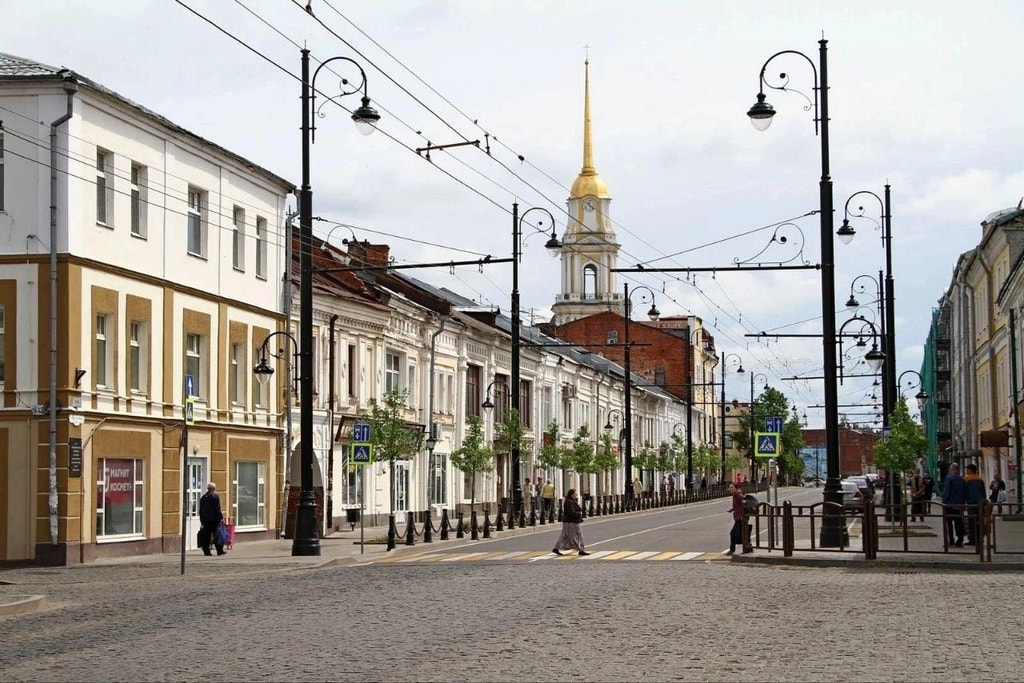The historical center of Rybinsk
Walking tour through the historical center of the most beautiful city on the Volga.
We invite you to take a trip through the historical part of the city. Here you can admire the merchant mansions of the 19th century, admire the exhibits of the "Museum of Living Ancient Signage in the open air", marvel at the beauty of the Transfiguration Cathedral and the height of its Bell Tower, walk around Red Square and appreciate the beauty of the Volga expanses, opening from the embankment.
waypoints
1. Spaso-Preobrazhensky Cathedral
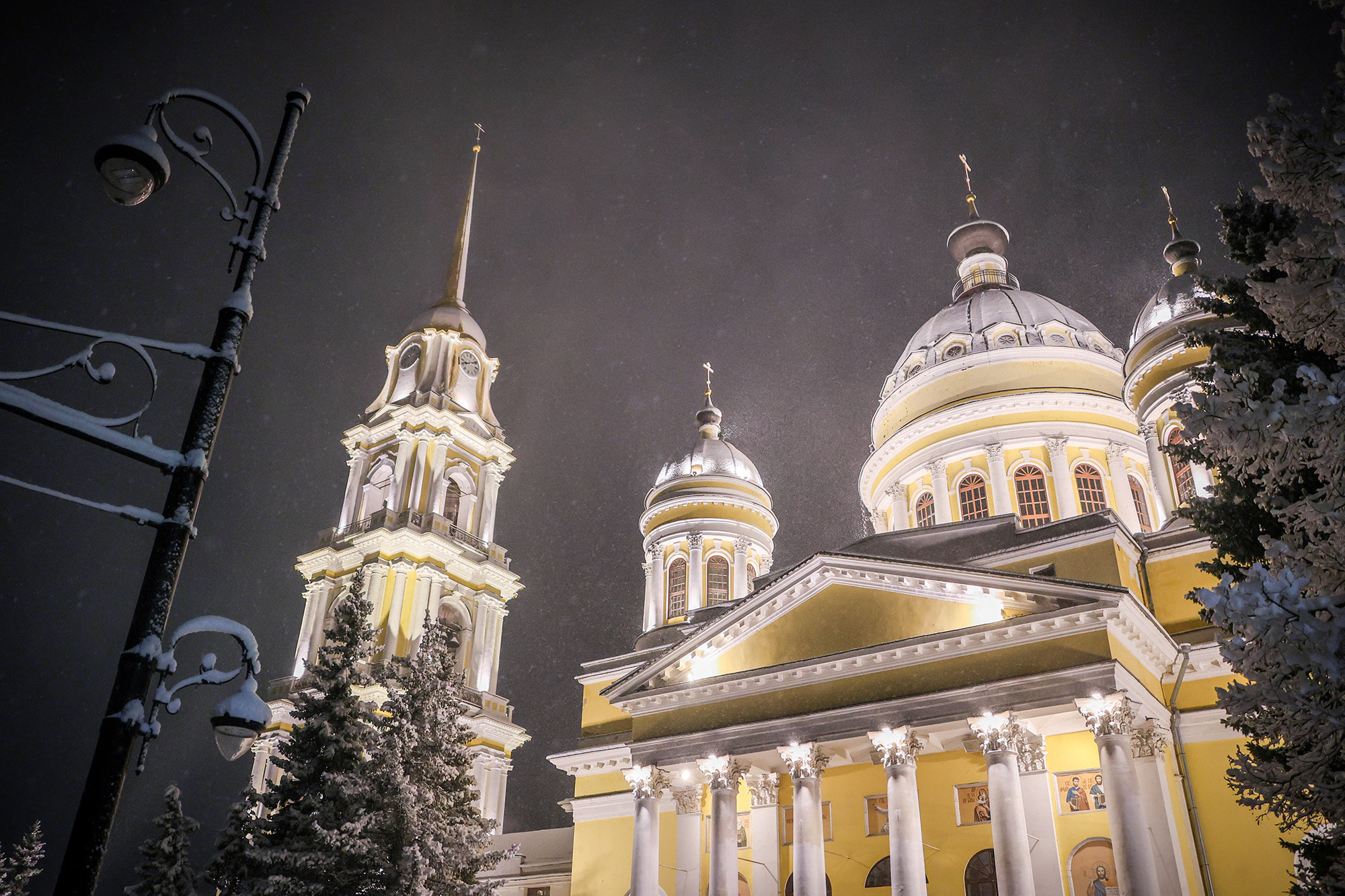
The majestic, multi-headed Spaso–Preobrazhensky Cathedral is the calling card and the main dominant feature of historical Rybinsk. The cathedral was built in 1838-1851 by the St. Petersburg architect Melnikov on the site of an ancient church in honor of the Transfiguration of the Savior. The cathedral, which was in decline during the Soviet period of history, now stands before us in all its glory, restored, dazzlingly shining with yellow-and-white decoration with columns and aristocratic porticoes against a bright blue sky. Noble silver domes with thin crosses complete the perfect appearance of the temple. Next to the cathedral is the bell tower, the oldest building on the square. It is 103 meters high and was built in 1802 by an unknown architect. Magnificent, richly decorated, and at the same time surprisingly sophisticated, decorated with a clock face, the cathedral bell tower cuts into the high blue sky with a thin golden spire. Sometimes it seems that she illuminates the whole city with her wonderful radiance. Against its background, guests of the city traditionally arrange a photo shoot, in addition, a beautiful view of the city opens from the observation deck of the bell tower.
2. Open-air Museum of Living Old Signage
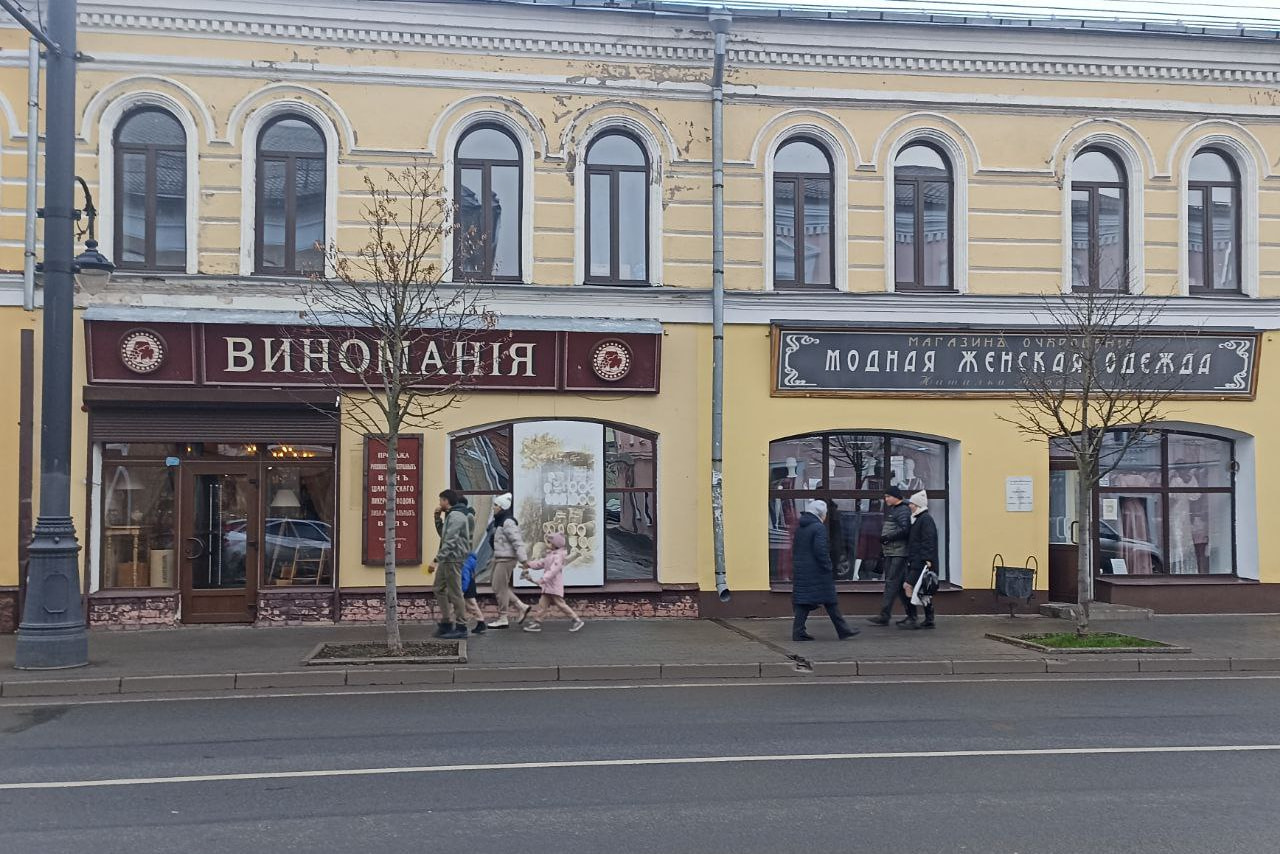
The Museum of Living Ancient Signage in the Open Air is an innovative project that originated in the Ethno-Forge estate. Since 2017, we have undertaken ambitious efforts to recreate the ancient 19th century signage in the historic center of Rybinsk. Over the seven years of the project's existence, more than 300 authentic-style signage has appeared in the city. Each of them is not only an art object, but also the embodiment of the cultural spirit of its era, organically combining with the facades of buildings erected in the same years. However, the project required many years of studying ancient spelling, fonts, and technologies used before the 1917 revolution.
3. Monument to Admiral F.F. Ushakov
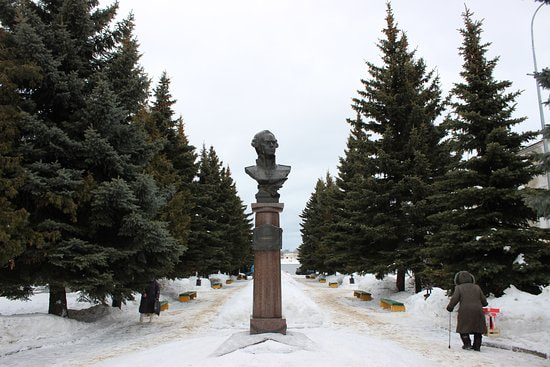
In 1996, in the year of the 300th anniversary of the Russian Navy, a small monument to the admiral was unveiled in Rybinsk on Stoyalaya Square, which is a bust of F.F. Ushakov mounted on a granite column. It is noteworthy that in its upper part there are bronze bas-reliefs with fragments of naval battles that glorified his name: Kaliakria, Corfu, Tendra. Surprisingly, the fact is that throughout his long service, the famous naval commander did not lose a single battle, did not lose a single ship, and not a single one of his subordinates was captured by the enemy. At the same time, Ushakov distinguished himself not only by military exploits – he directly participated in the drafting of the first constitution for the Greek Republic of the Seven Islands (1800-1815), liberated by his squadron from the French occupation.
A few years ago, the territory where the monument was erected was given the name Ushakov Boulevard. In 2018, the boulevard, as well as the adjacent Stoyalaya Street, underwent a full-scale reconstruction aimed at restoring the historical appearance of the 19th century. The fountain here is decorated in the form of a globe, with continents on its surface. Anyone can spin it around their axis.
4. St. Nicholas Chapel
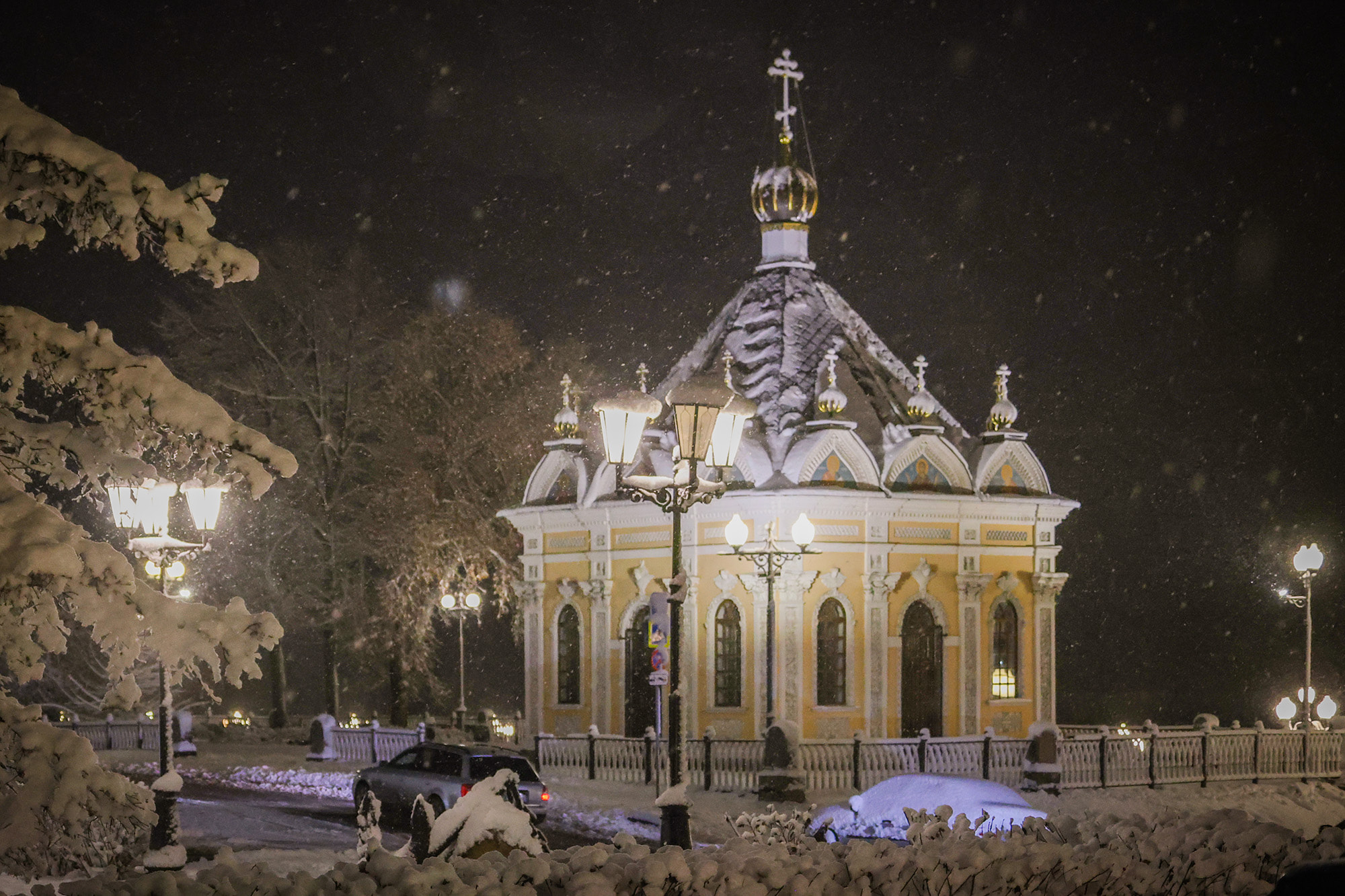
The chapel in Rybinsk, dedicated to St. Nicholas the Wonderworker, was built in 1867 in honor of the deliverance of Emperor Alexander II from an assassination attempt by revolutionaries a year earlier. Immediately after its construction, the Nikolskaya Chapel became a real decoration of the Rybinsk embankment: wide pilasters with magnificent capitals, tall windows, a hexagonal hipped roof with a small gilded dome and a cross. The details of the decor were decorated with fine ornaments, and stucco cherub heads were placed above the windows. The white surface of the walls contrasted with the colored stucco and was complemented by picturesque images of saints.
After the October Revolution and the beginning of the persecution of the church, St. Nicholas Chapel was closed and redone beyond recognition: the second floor was added, redevelopment was carried out. For many years it housed the library of the river port and the water police. Only after extensive restoration work on the building structure, in 2011 the Volga embankment in Rybinsk regained its unique decoration.
5. Monument to the Boatman
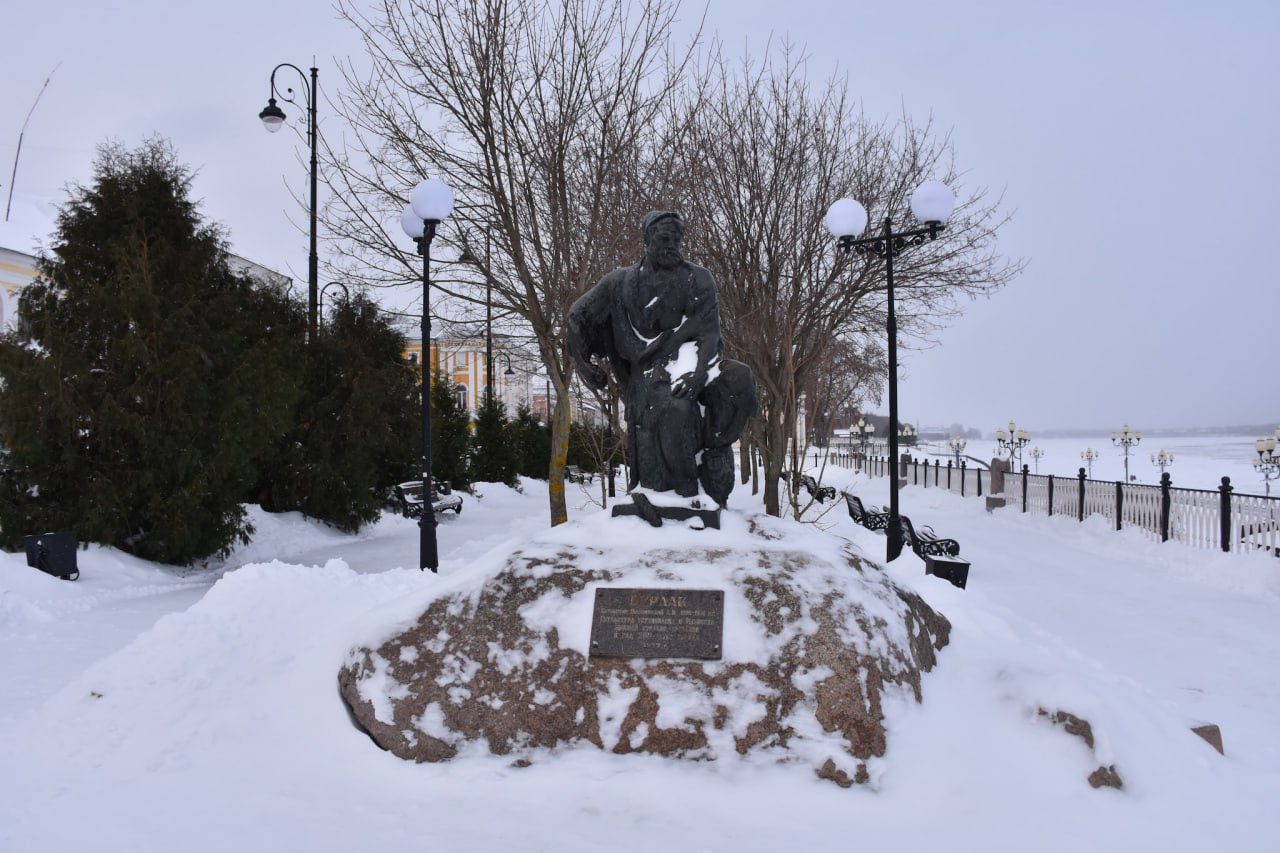
Another monument that recalls the history of the city is a monument in honor of the workers who provide backbreaking assistance to river vessels. After all, a century ago Rybinsk was the All-Russian capital of boatmen! It was through their labor that the bread grown in the southern regions of the Russian Empire was sent through Rybinsk to St. Petersburg and further for export abroad. The only monument in Russia, erected in 1977 by the sculptor L. Pisarevsky, depicts a strong man, a courageous hero of a difficult profession. A tired boatman, "zimogor" in Volga, sits on a large stone and looks thoughtfully at the Volga expanses. For him, the Volga River is both a breadwinner and endless work. It's hard to imagine now, but once upon a time these ordinary men, most of them peasants or tramps, literally pulled huge loaded barges on their shoulders! Their lives are depicted in books by writers and on canvases by many Russian artists, including Repin's famous painting "Boatmen on the Volga".
6. The Red Square
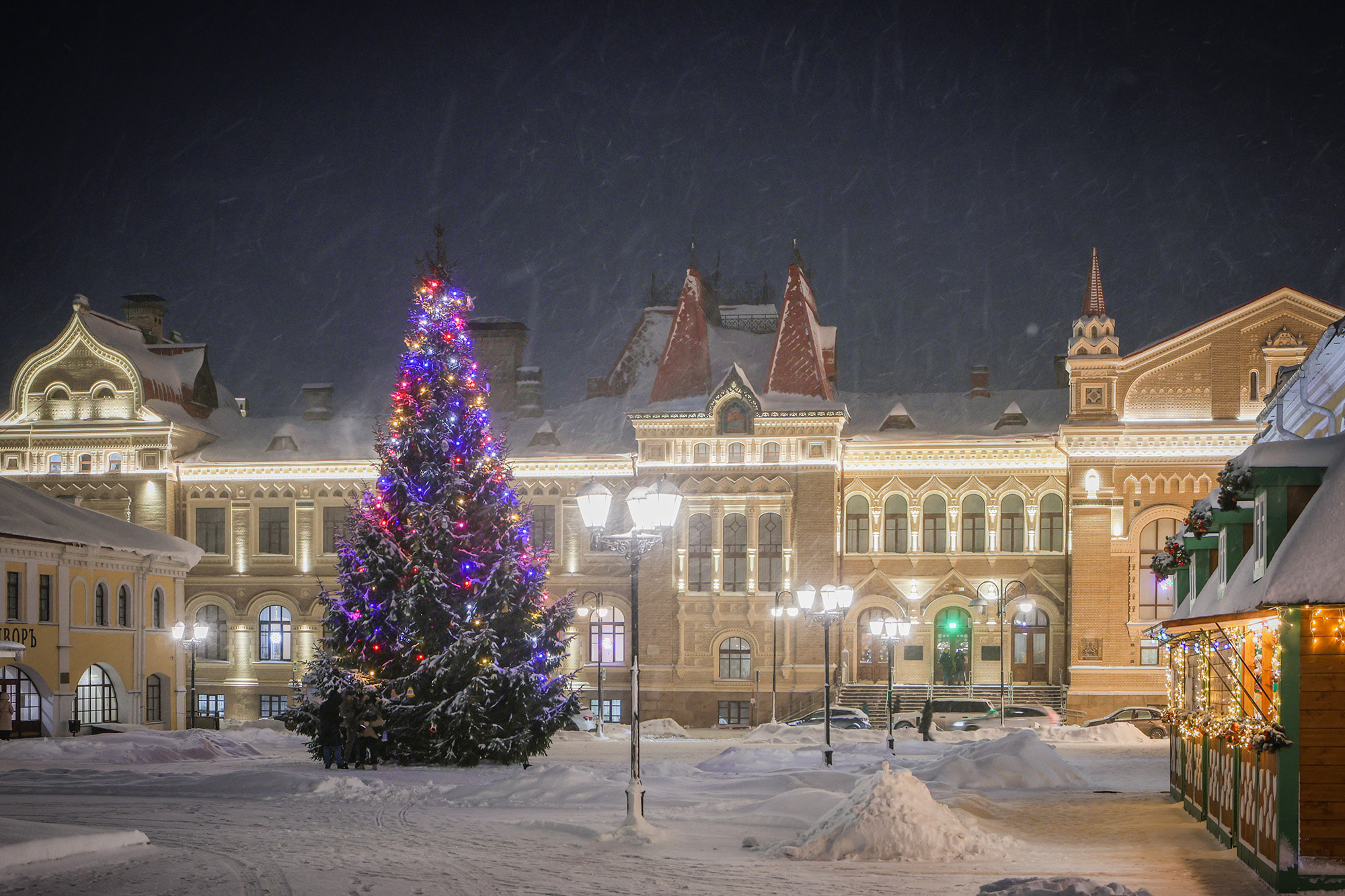
The heyday of Rybinsk during the Russian Empire was associated with an extensive bread trade. Since the second half of the 18th century, the Rybinsk berths have become a permanent transshipment point for cargo from large Volga ships bound for the capital, St. Petersburg. During the navigation period, the population of our city increased tenfold, thousands of longshoremen and boatmen appeared, a lot of merchant people, various kinds of businessmen and brokers.
The spirit of this time is perfectly reflected in the recently renovated Red Square, located in front of the New Exchange building. Strolling along the cobblestone square, surrounded by restored shopping malls decorated with pre-revolutionary inscriptions, it's like walking into another era. The stylized antique lanterns that illuminate the square in the evening add even more charm to this painting. Numerous green areas successfully fit into the interior of the space. All that remains of the Soviet past now is the monument to V.I. Lenin, erected on the site of the Alexander II monument, which was opened in 1914.
In summer, large-scale historical reconstructions are organized on the territory of Red Square, cozy cafes are open, and small theatrical productions are staged. According to the residents of the city, this is the best public space in Rybinsk, its calling card.

